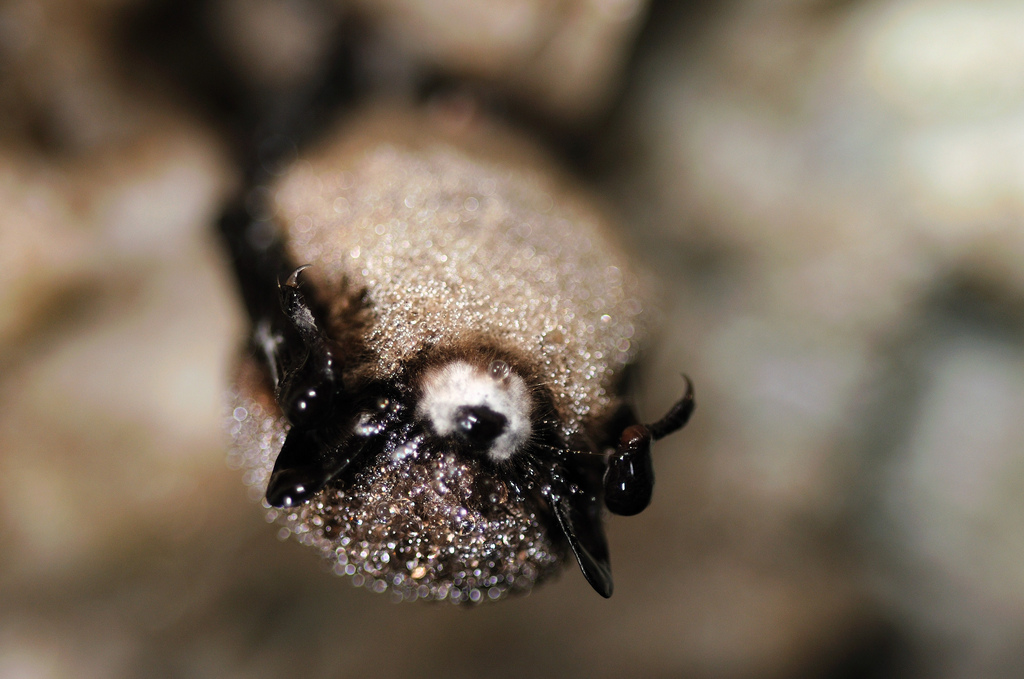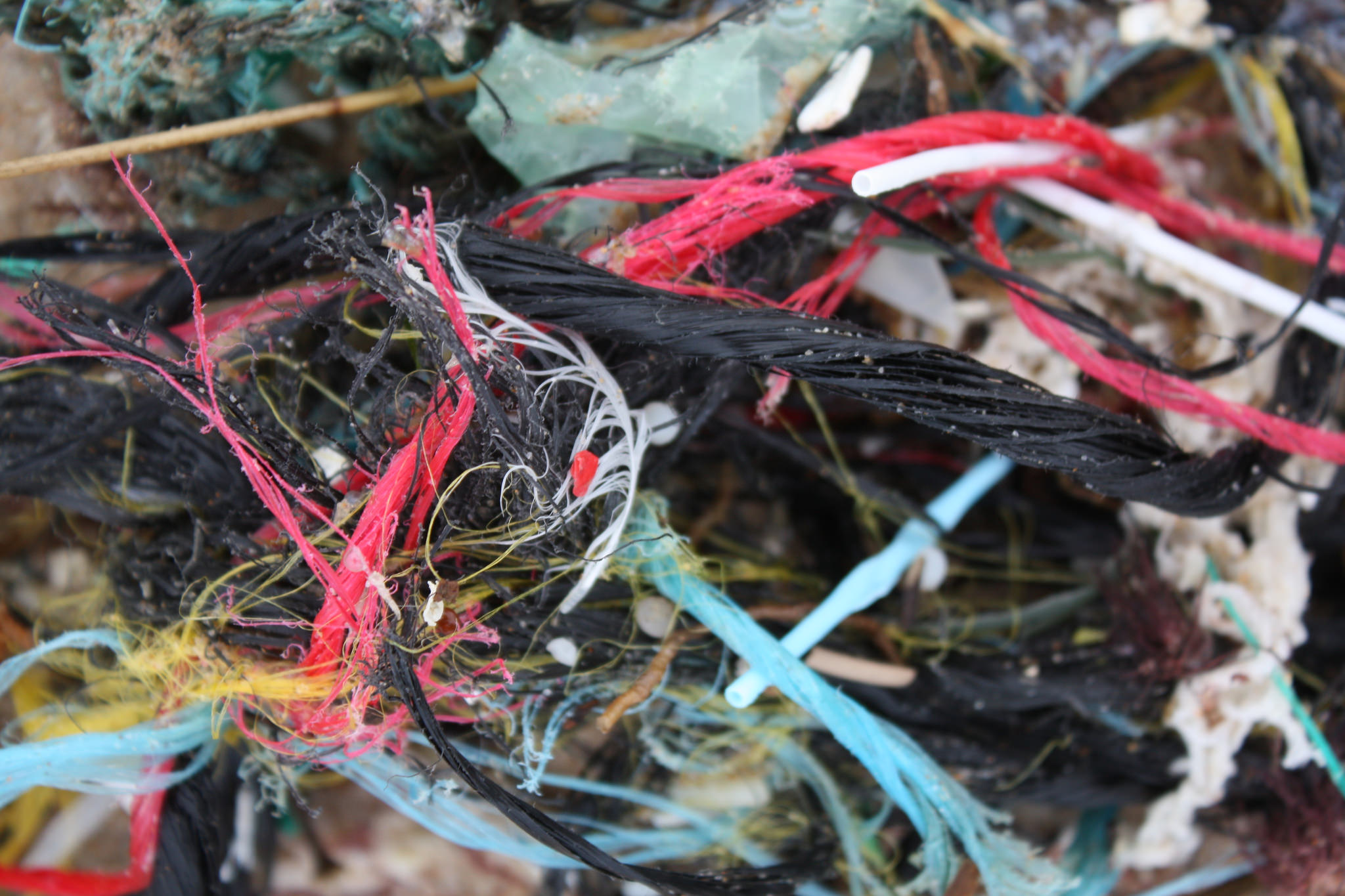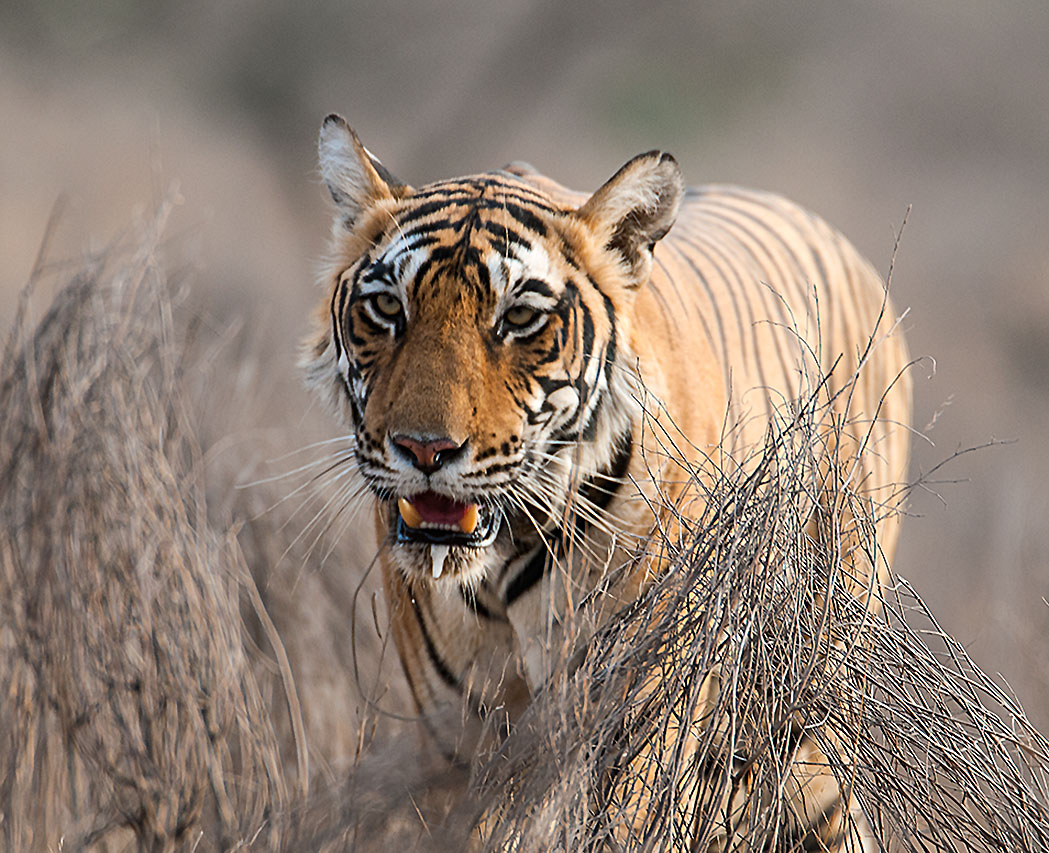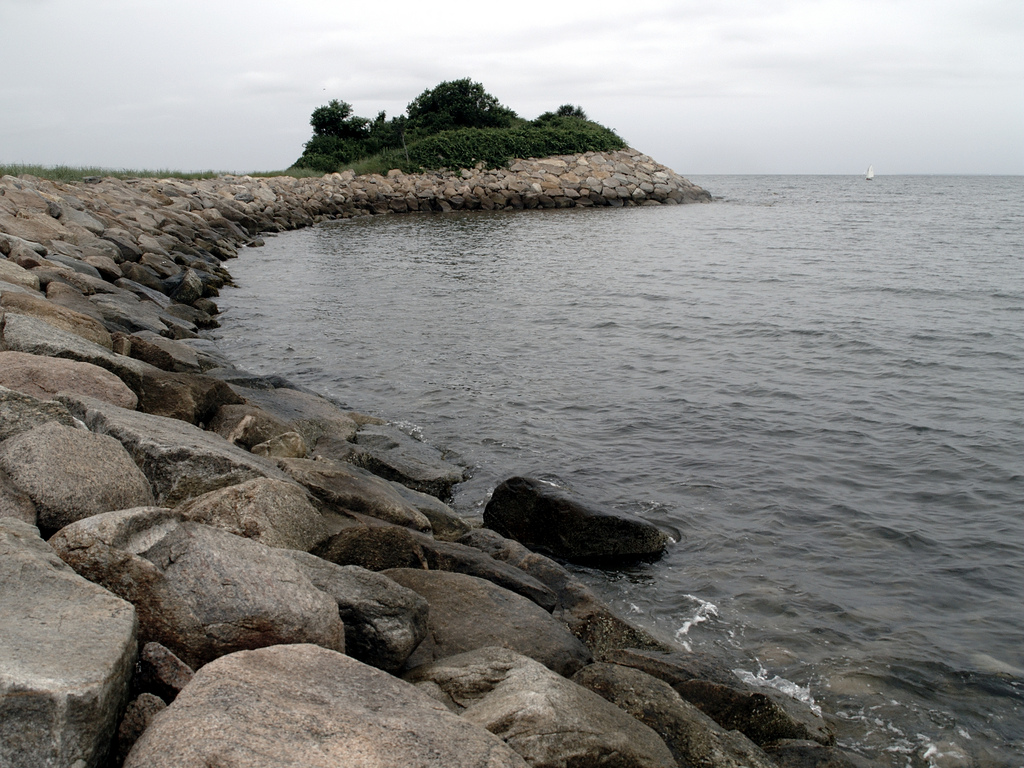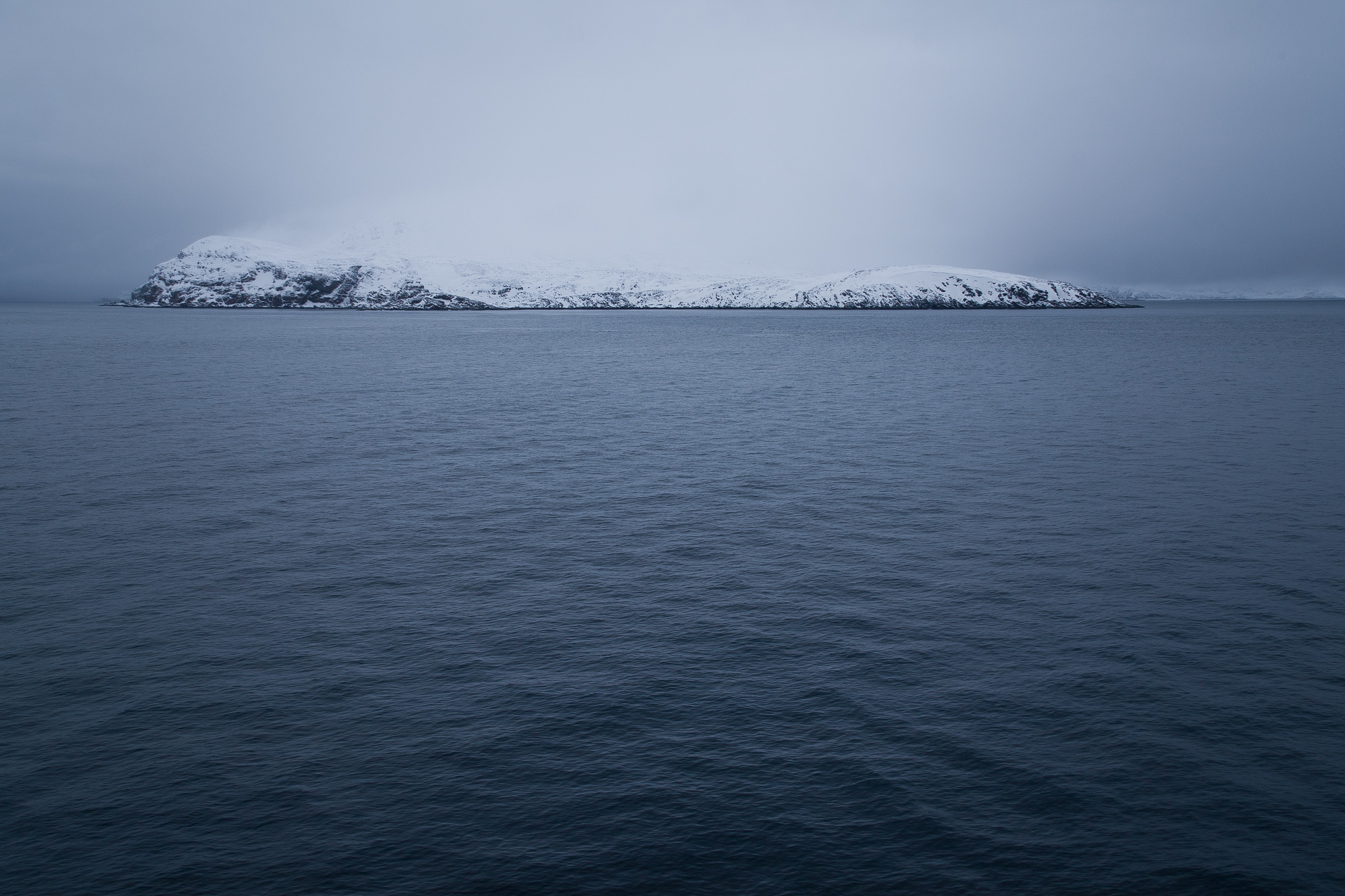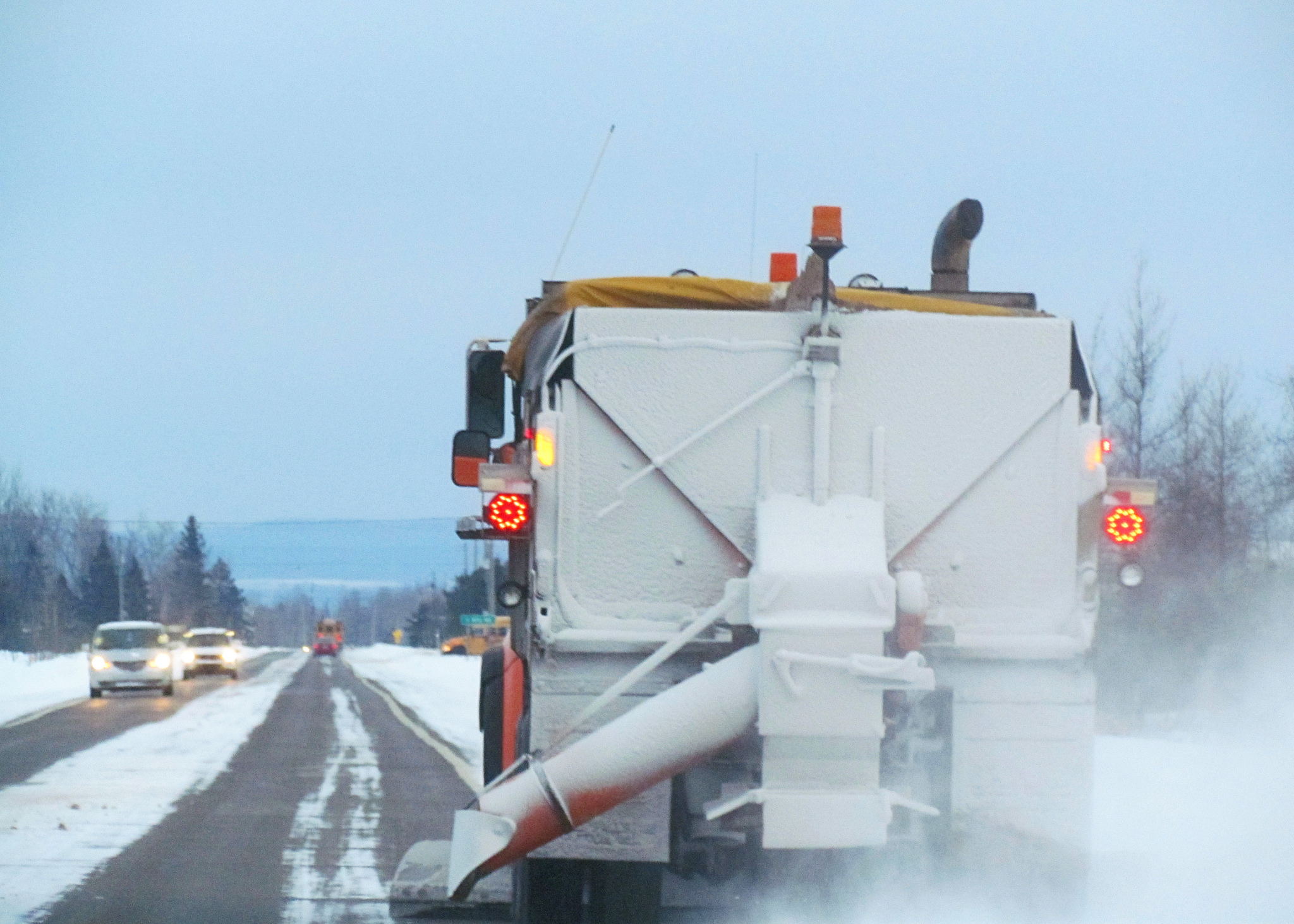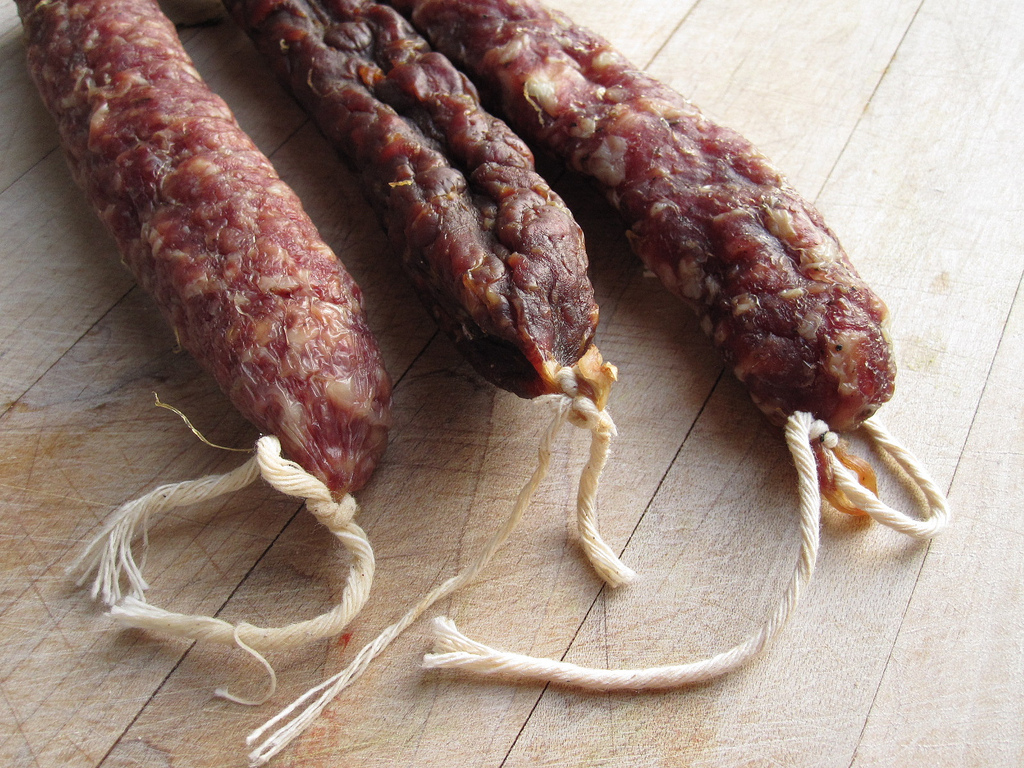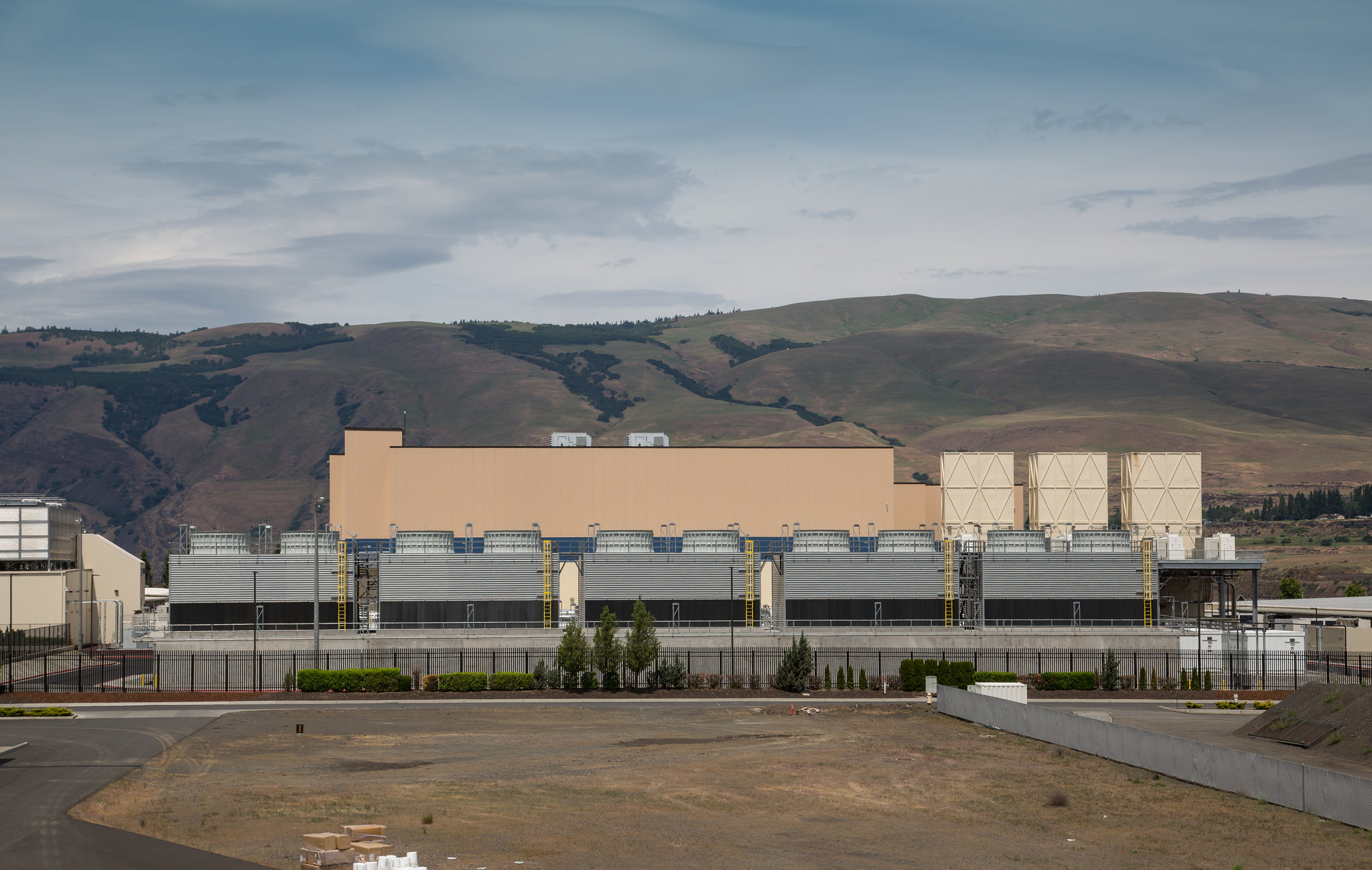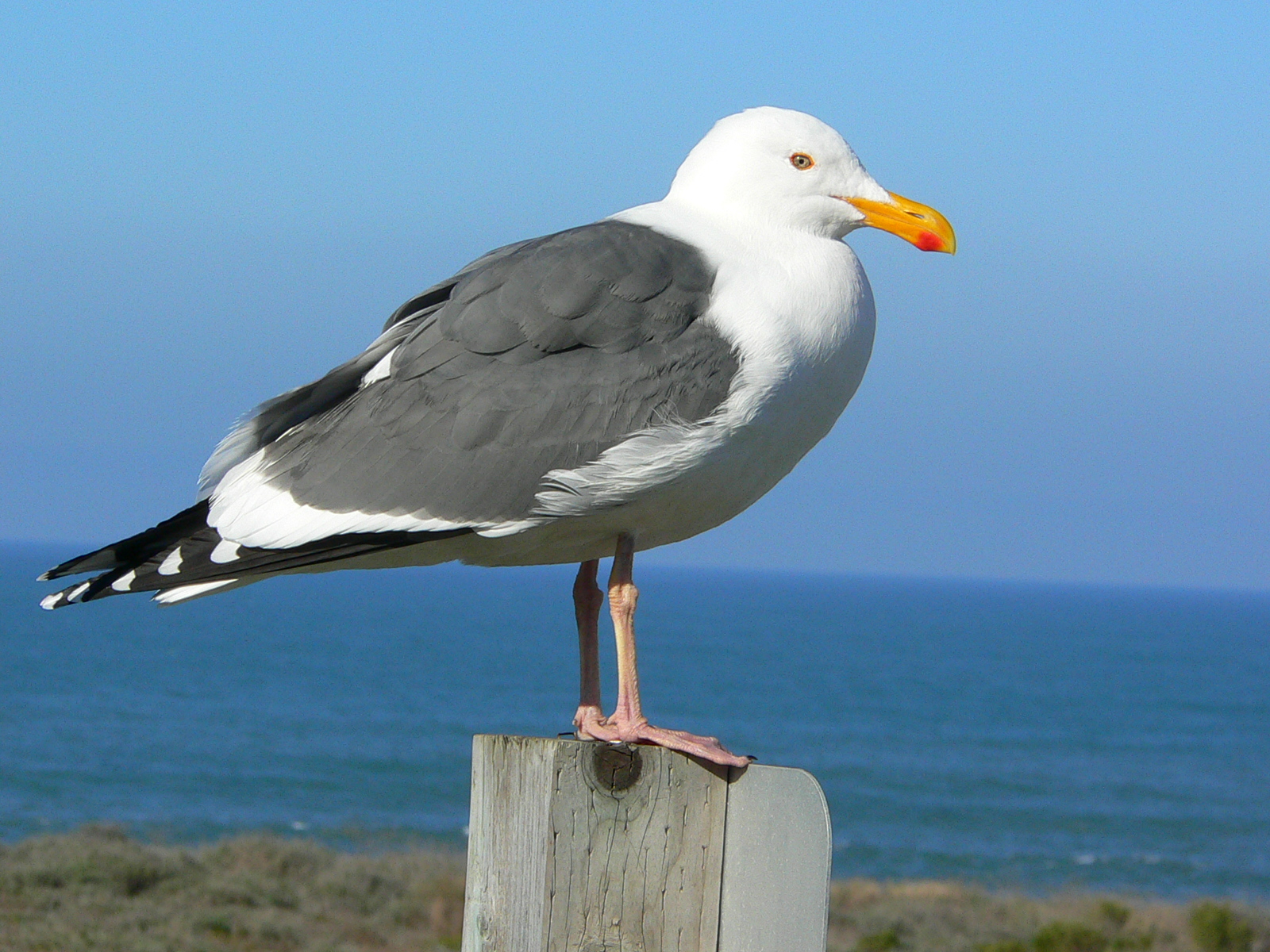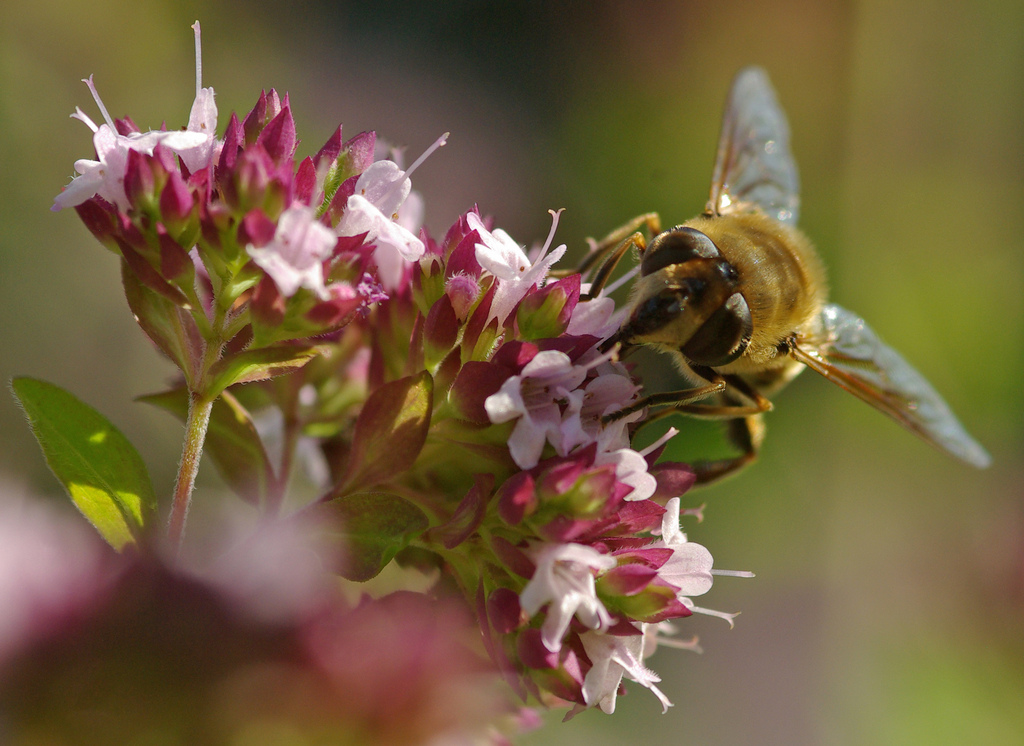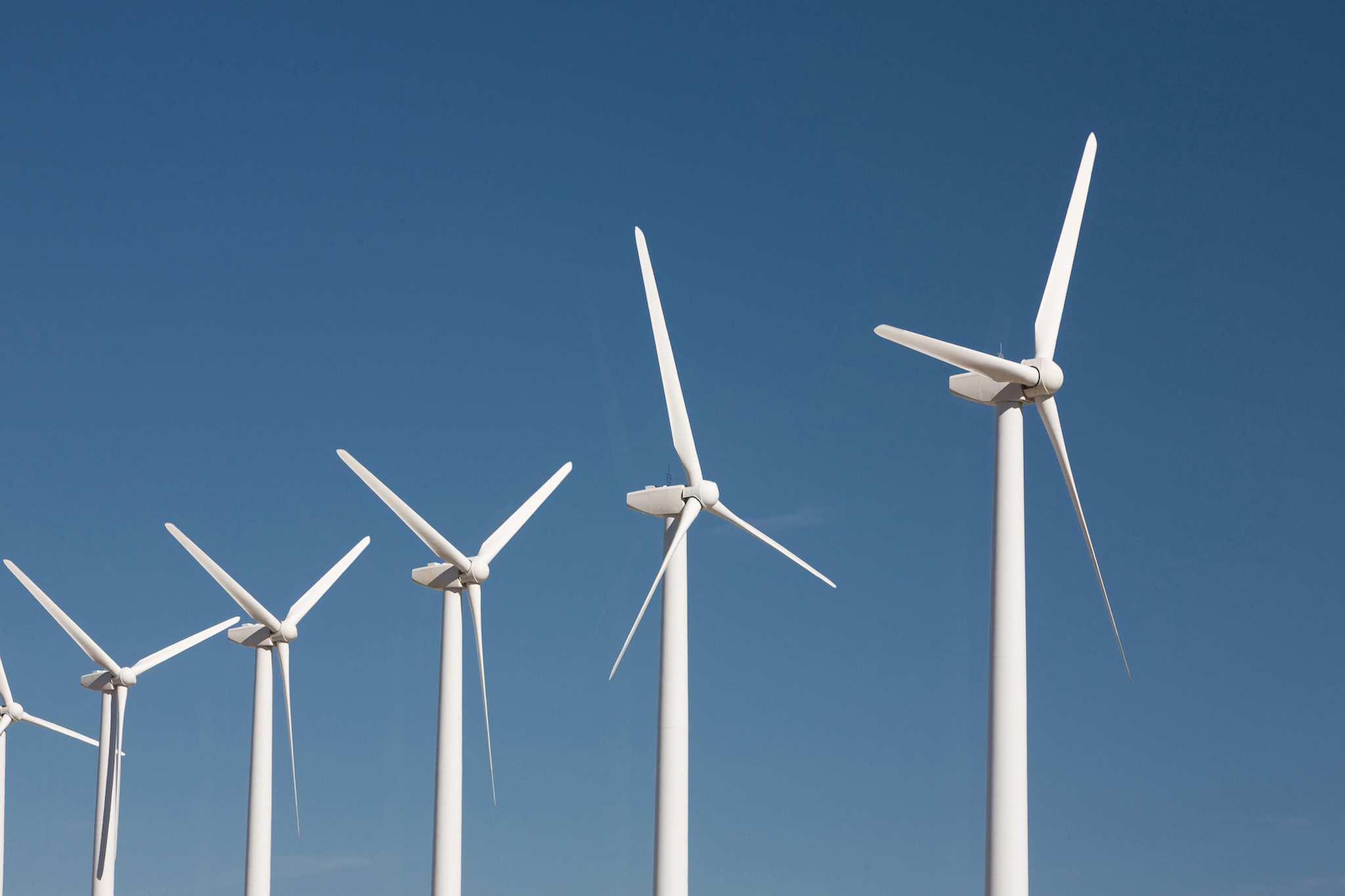Our Environment
Fungal Diseases And Wildlife
Since the late 1990s, there has been an unprecedented global wave of virulent fungal infections that has been decimating whole groups of animals from salamanders and frogs, to snakes and bats.
Plastics And Our Oceans
Almost everyone everywhere comes into contact with plastics everyday. Their use has increased 20-fold in the past half-century, and production of the “ubiquitous workhorse material of the modern economy” is expected to double again in the next 20 years. Nearly one-third of all plastics are not properly disposed of or recycled.
Coexisting With Dangerous Carnivores
We come across many things that we don’t like but that are nonetheless good for us or good for the world in general. On some level, we all make cost-benefits analyses to decide what to do about various things that we might just as soon do without.
Climate Change And Buzzards Bay
The effects of climate change are being felt around the world, including in some well-known places in the Northeast. Buzzards Bay is a popular destination for fishing, boating, and tourism adjacent to Cape Cod in Massachusetts.
British Columbia’s Carbon Tax
The recent Paris summit on climate change produced a global treaty to reduce greenhouse gas emissions. There are multiple strategies to reduce emissions including both technological and economic ones.
Arctic Ecosystems
Most of us are aware that shrinking ice cover is bad news for Arctic wildlife, with animals like polar bears and seals losing important breeding, nursery, and feeding grounds. What has received less attention is the impact ice loss has on life in Arctic waters. [Read more…] about Arctic Ecosystems
We Like Cheap Gas
The major auto makers agreed several years ago to a goal of achieving average fuel economy of over 54 miles per gallon by 2025. Motivated by the desire to reduce emissions, getting twice as many miles out of a gallon of gas makes great sense.
De-Icing Roadways
We have been using salt to keep winter roads free of ice and snow since the late 1930s. In the United States alone, some 20 million tons of salt are applied to roadways each year. And while its use has real benefits in terms of safety and navigation, there have been cumulative costs to the environment, including degrading freshwater resources and contaminating groundwater.
Preservatives
Augmenting food with preservatives is not a recent practice. For thousands of years, we have canned fruits with sugar, preserved meats with salt, and pickled vegetables so that they could keep in hot humid environments.
Lake Ohrid: Respecting An Elder
Nestled in the mountainous border between southwestern Macedonia and eastern Albania, Lake Ohrid is a deep, ancient lake. Its waters provide refuge to hundreds of plants and animals that live nowhere else, including seventeen species of fish.
Clean Energy And The Internet
A number of large Internet companies are being very proactive in the area of clean energy. Companies like Google, Facebook, and Apple have invested billions on green energy solutions. This isn’t just good citizenship and good publicity for progressive companies, it is an essential part of the global effort to reduce greenhouse emissions.
Food Waste And Wildlife
We have talked quite a bit about food waste and in particular its impact on world hunger and on the economy. The world wastes more than $750 billion worth of food each year and 1.6 billion tons of food is left in fields, sent to landfills or scattered about the landscape. Another 7 million tons of fishery discards are dumped in the sea.
Beware The Blob
There has been plenty of discussion of El Niño, the periodic weather phenomenon in which prevailing easterly winds in the Pacific Ocean weaken, allowing warm water to move eastward and wreak havoc with the weather in North and South America. The current El Niño is a particularly strong one; some say it may be one of the strongest ever and are calling it the “Godzilla El Niño.”
The Second Hottest Year On Record
According to the National Oceanic and Atmospheric Administration – or NOAA – 2015 was the second hottest year ever recorded in the contiguous United States.
Land, Water and Energy
The city of Holtville in California is sometimes called the “Carrot Capital of the World.” This agricultural community has signed an agreement with Australian company Infratech to build a floating solar power system for its water treatment plant.
Wild Bee Loss Puts Crops At Risk
Between 2008 and 2013, the United States lost nearly a quarter of its wild bees. Some 39% of our nation’s croplands rely on pollinators. Important farming regions – from California’s Central Valley to the Midwest’s Corn Belt – are among the areas grappling with wild bee declines.

